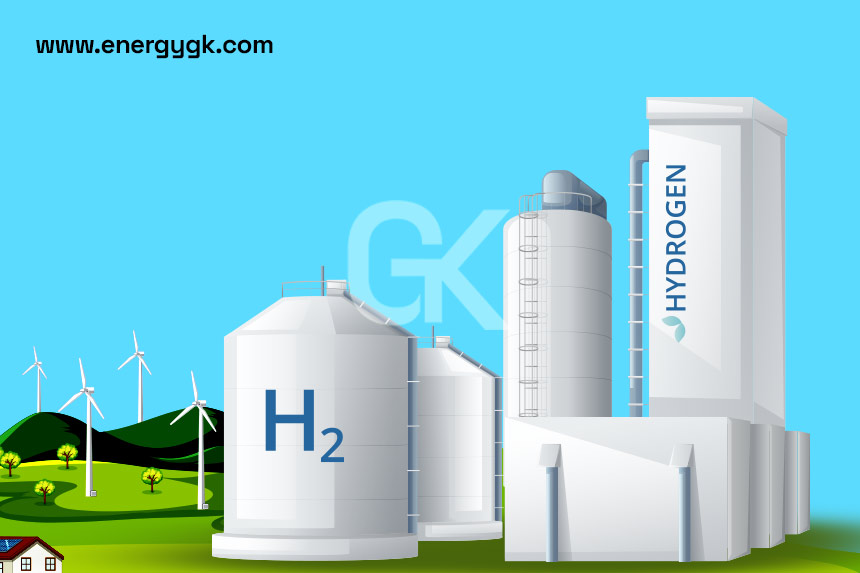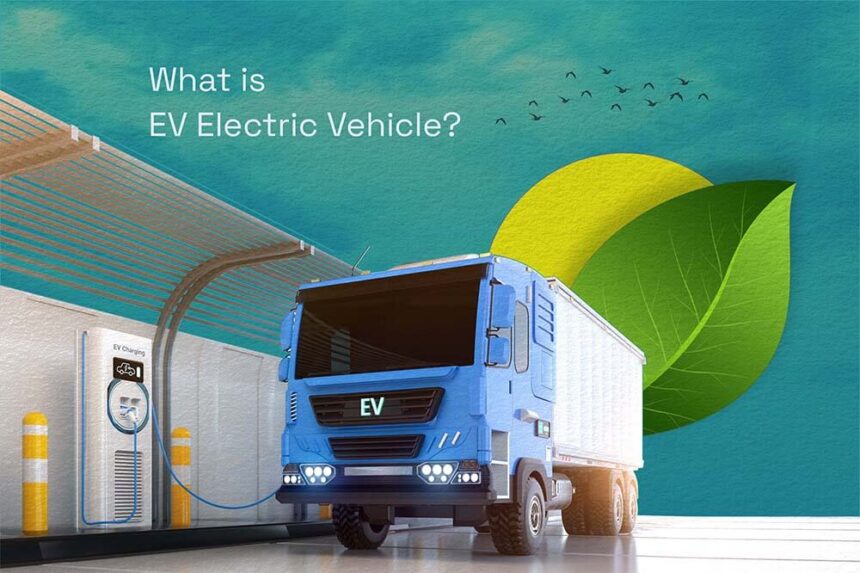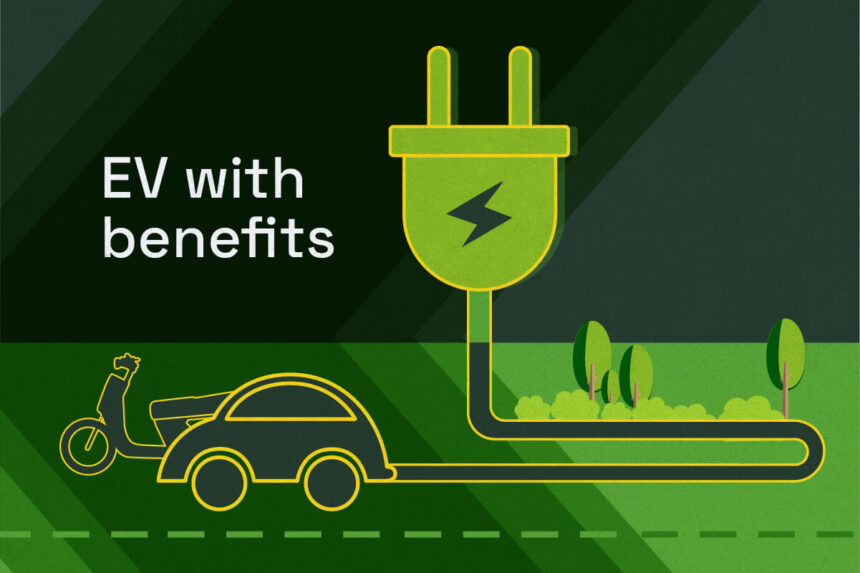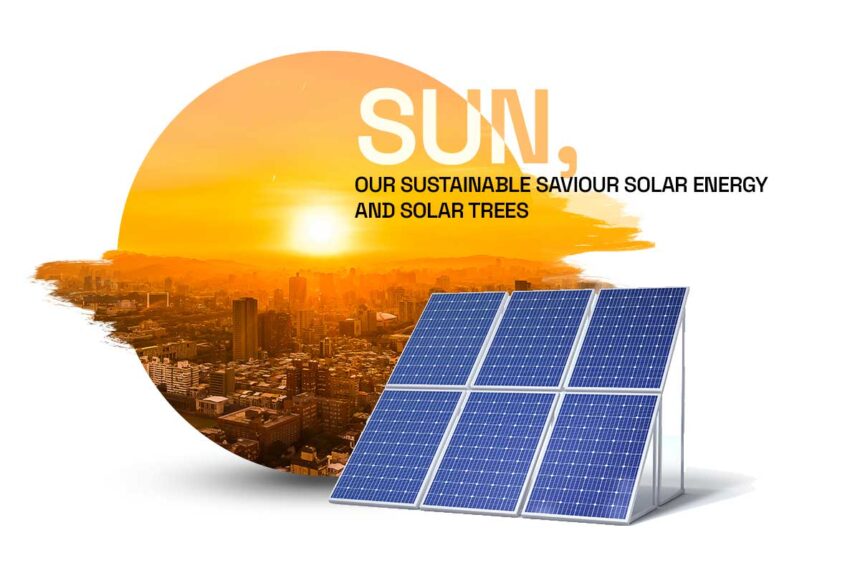Wind energy has become a leader in the renewable energy market as the globe struggles to switch to more environmentally friendly energy sources. Wind energy is starting to look like a more practical option than more conventional energy sources like coal natural gas and nuclear power because of its enormous potential and falling costs. This article explores the economics of wind energy looking at its cost competitiveness and the factors that are fueling its expansion.
Wind energys cost landscape. The cost of wind energy has significantly decreased in the last few decades. The global weighted-average levelized cost of electricity (LCOE) for onshore wind projects commissioned in 2020 dropped to $0. 039 per kilowatt-hour (kWh) down 13% from 2019 according to the International Renewable Energy Agency (IRENA). Because of this wind energy is currently among the least expensive ways to generate new power. This cost reduction is the result of several factors:. Technological developments have produced more dependable and efficient wind turbines through improvements in manufacturing techniques materials and turbine design.
Economies of Scale: Larger projects profit from lower per-unit costs as the industry expands.
Enhanced Supply Chains: Lower costs have been achieved through improved production efficiency and logistics.
Competitive auctions: To promote efficiency and price competition governments all over the world are implementing competitive bidding procedures for wind projects.
Wind Energy and Conventional Sources Comparison. The economic advantages are evident when wind energy is contrasted with conventional fossil fuels. The following are some significant analogies:.
Initial Capital Costs: Although wind projects may have substantial upfront costs these are frequently offset by lower ongoing expenses and the lack of fuel expenses. On the other hand the procurement and transportation of fuel are continuous costs for coal and natural gas plants.
Running Costs: Compared to fossil fuel plants which need constant fuel supply and maintenance because of wear and tear wind energy has lower operating and maintenance costs.
Fuel costs: Since wind energy is a naturally occurring resource that doesnt require purchase it is essentially free after the initial investment. In contrast fossil fuels are more expensive due to market volatility and geopolitical issues. Health and environmental expenses are decreased by wind energy since it emits no greenhouse gases or air pollutants. Fossil fuels are a major cause of air pollution and climate change which raises the cost of environmental remediation and medical care.
Beyond-Cost Economic Advantages. Wind energy has various financial advantages in addition to the direct cost advantages. The wind industry has grown to be a significant employer offering jobs in all areas from operations and maintenance to manufacturing and installation.
Energy Independence: By utilizing domestic wind resources nations can lessen their reliance on foreign fuel imports improving energy security.
Community Development: Through taxes and land lease payments wind farms can give local communities access to additional revenue sources.
Difficulties and Things to Think About.
Even though wind energy has a strong economic case there are still a number of obstacles to overcome.
Intermittency: Because wind energy is erratic and dependent on wind patterns a steady supply must be ensured through integration with other energy sources or storage solutions.
Selecting a Site: The best locations for wind farms are frequently isolated areas requiring grid infrastructure investments to deliver electricity to demand centers.
Initial Investment: Although financing options and government incentives are assisting in easing this problem high upfront capital costs can still be a barrier.
Conclusion
The financials of wind power suggest that this renewable energy source has a promising future. Wind energy is becoming more and more competitive with conventional fossil fuels due to declining costs technological advancements and various economic benefits. With its ability to save costs while also providing advantages for the environment and society wind energy is clearly a major player in the global shift towards a more sustainable energy future. Reaching the full potential of wind energy in the worlds energy mix will require the policymakers unwavering
support as well as continuous innovations in the field.






